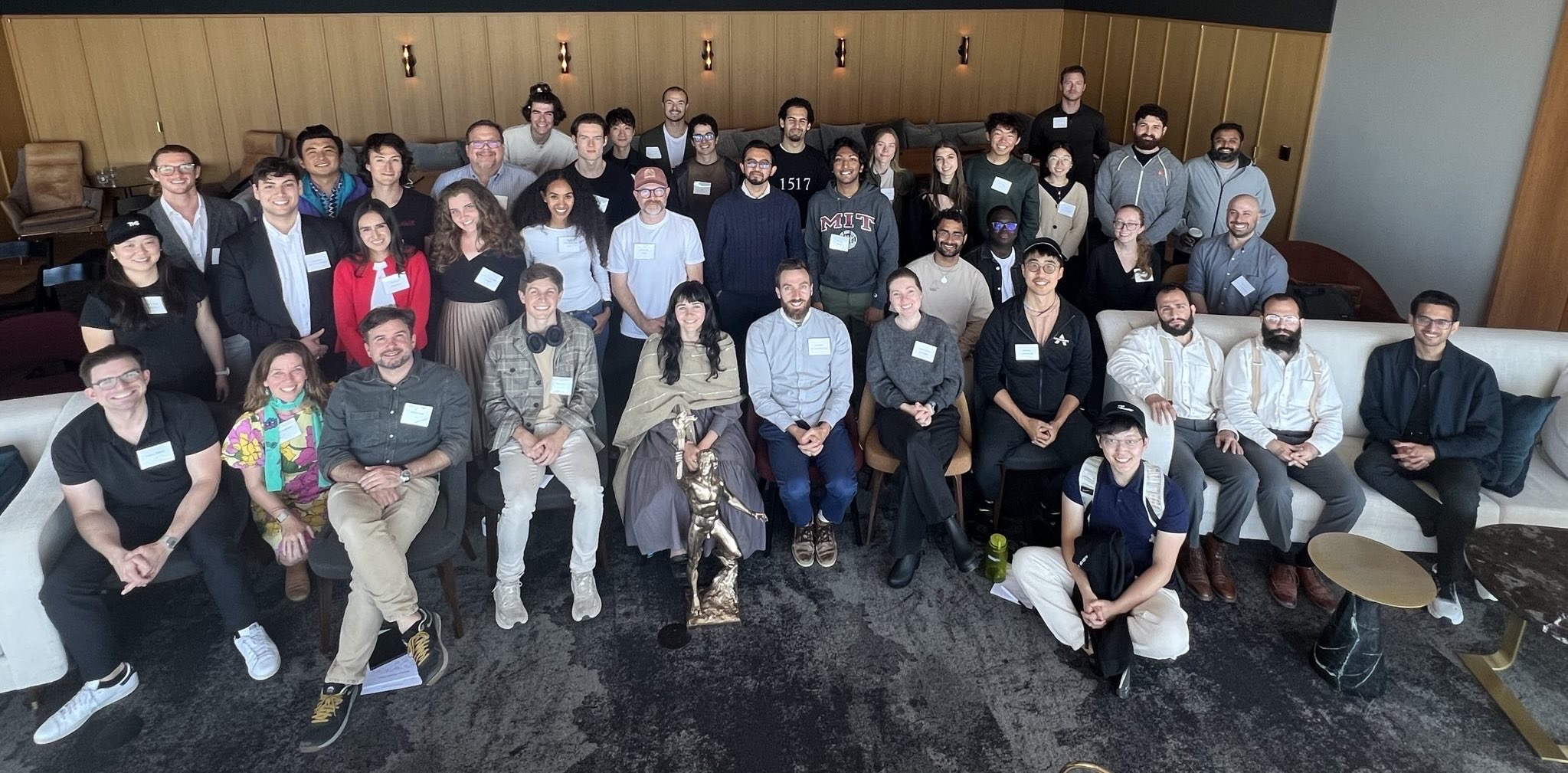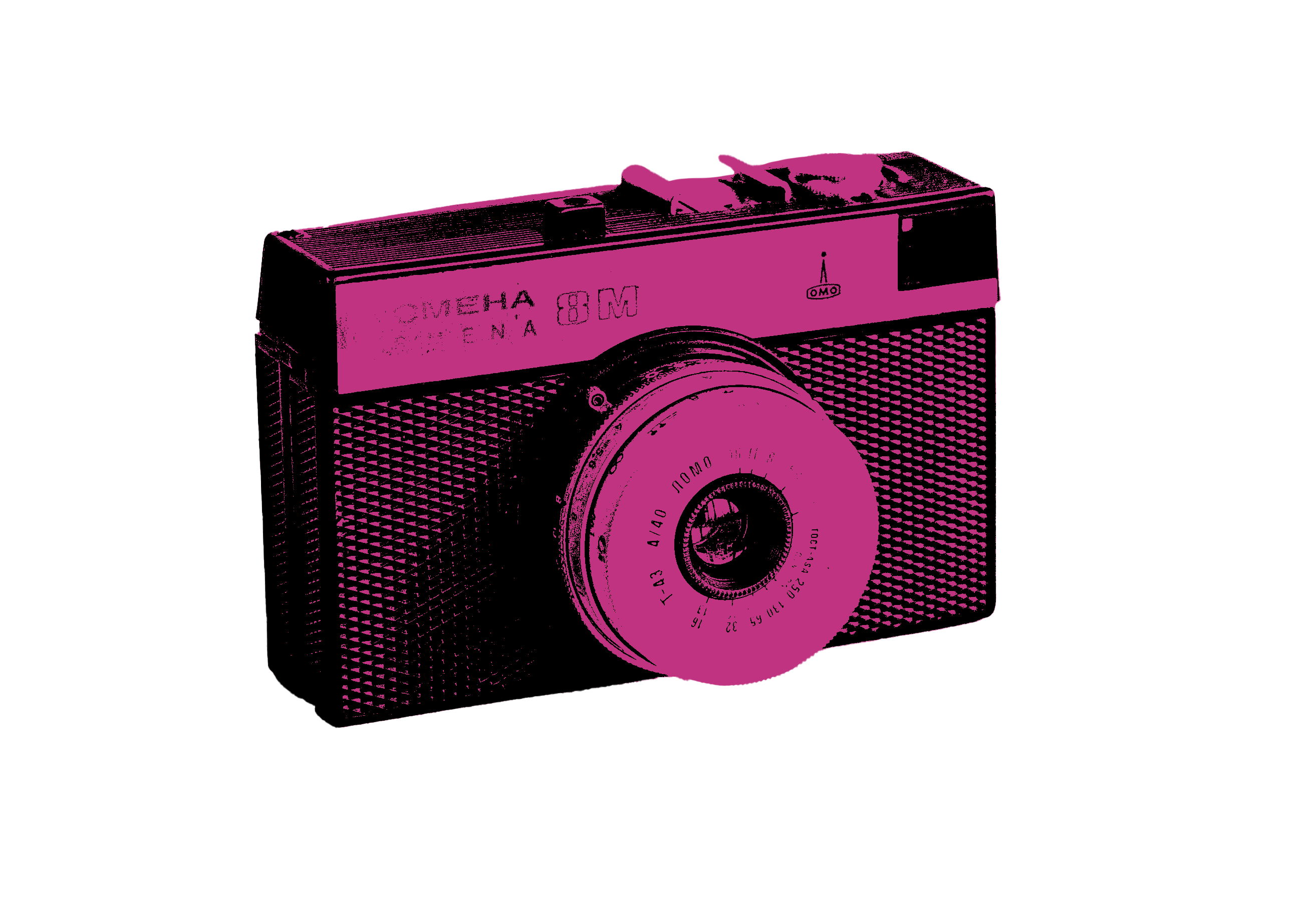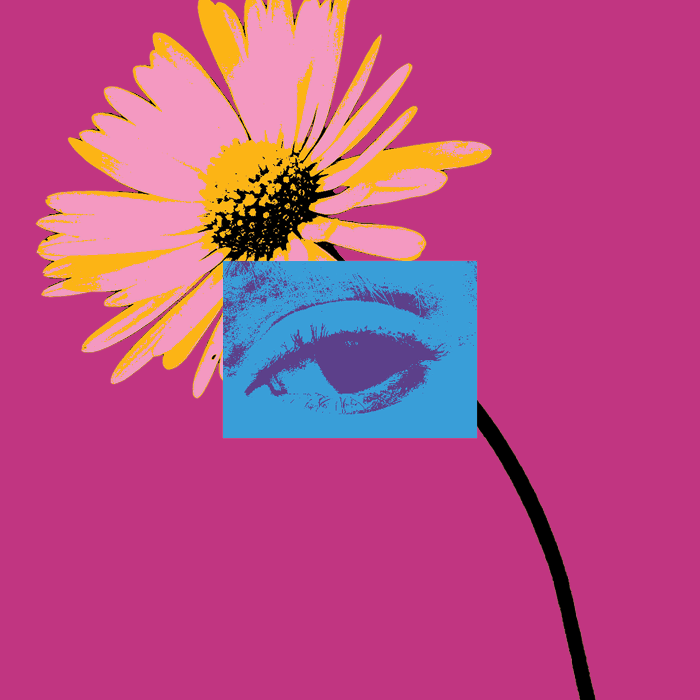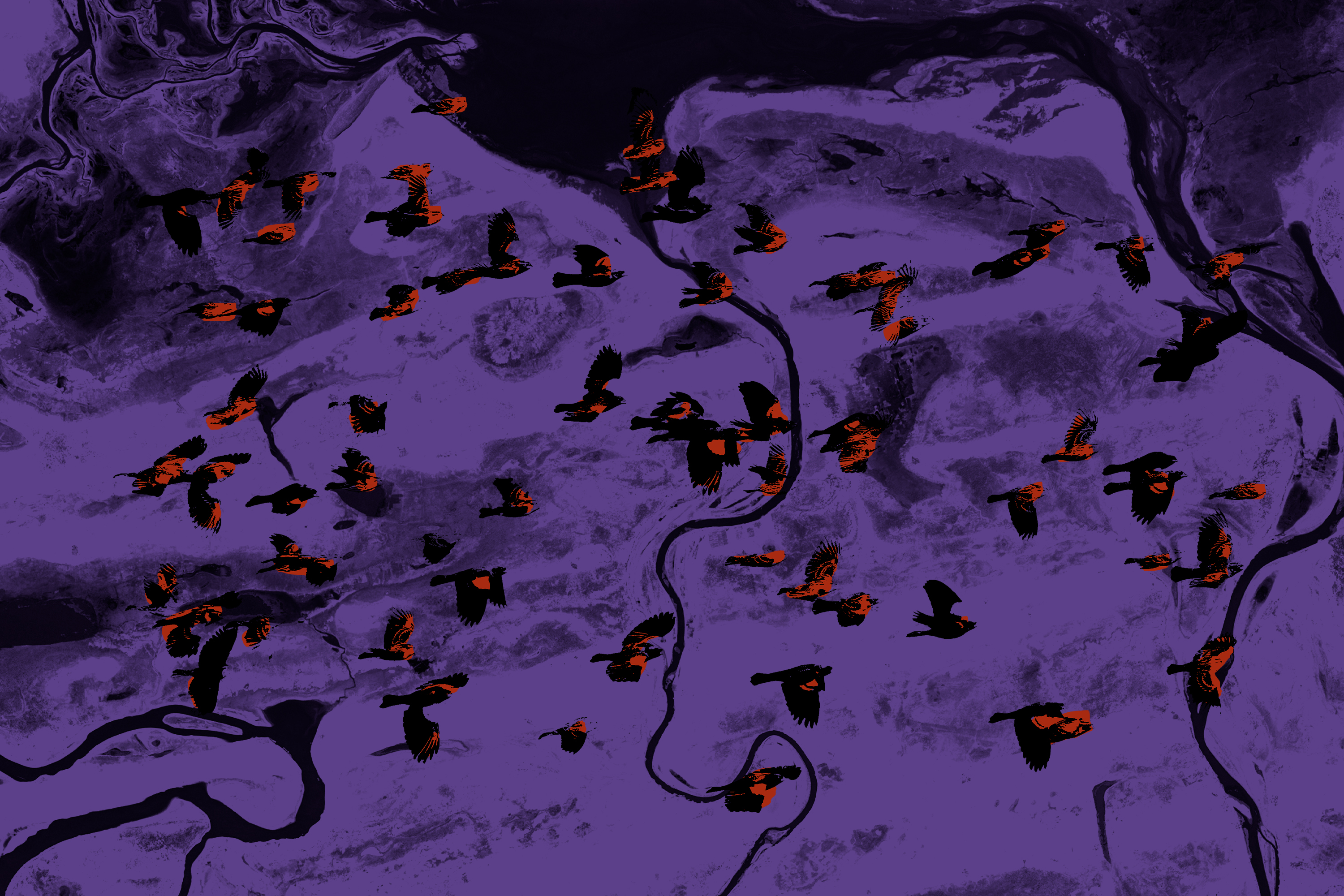
In June 2025, I flew to San Francisco to give the opening talk at the 1517 Fellowship Summit - a gathering of people building weird and wonderful programs that support young people. Hacker houses, artist residencies, microgrants, pilgrimages, six-figure fellowships plus loads more.
Danielle Strachman and her co-founder, Michael Gibson, hosted the summit and were behind the Thiel Fellowship, which was quietly one of the inspirations for the Blackbird Foundation and our program, Protostars. So it was a full circle moment to find myself, a guest at their summit, offering some ideas on institutions and cultural infrastructure. I thank them with all my heart!
When we started the Blackbird Foundation, our mission was simple: unleash creativity in young people. We believed in the power of making - of creating something from nothing - as a deeply transformative act. Our first grants went to organisations we thought shared that belief. But something didn’t sit right. The impact felt vague, disconnected. We didn’t know who we were really helping.
Then we tried something different. We started funding people directly - small grants, hands-on support, and most importantly, belief. That became Protostars. And just like that, everything changed. The feedback loop tightened. The energy shifted. We could feel the impact - not just in what got made, but in how people saw themselves.
Danielle described this kind of philanthropy a few years back in her brilliant essay, which argues for a return to funding individuals, not institutions:
“As a non-profit, you can’t just give people money. No matter how much sense it makes. You have to first talk to people in bespoke, very well-tailored suits. Is it any wonder that the great art of patronage has been reduced to seemingly eccentric philanthropists and their small circle of benefactors?”
My talk was an extension of these ideas - that institutions are failing us and we need better ways to unearth and support brilliant young people. I argued that we are all makers of cultural infrastructure and that we have found ourselves in this position as a matter of necessity. And what a grand a beautiful way to shape the world around you. By building scaffolding that supports noble acts of creation!





.svg)
.svg)
.avif)
